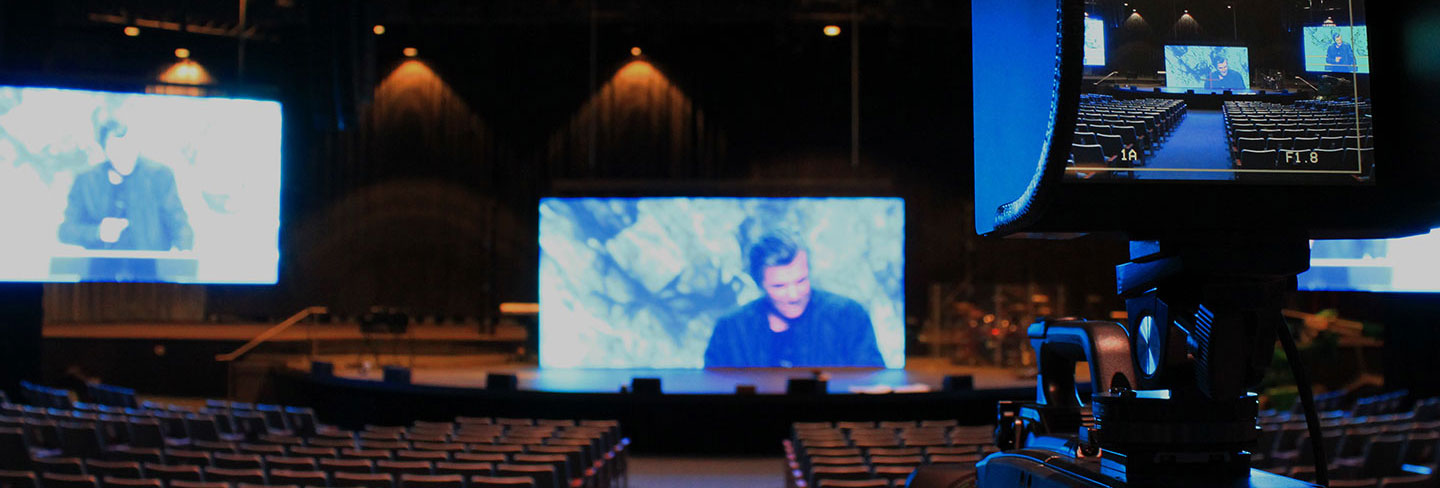There’s nothing fundamentally wrong with not having an SD system — especially if it is working right now for you and your organization. However what you may want to consider very soon is amassing parts of the signal chain that are scalable to HD, so that when the time is right, you can make the transition somewhat smoothly.
Start by purchasing the right gear
Any gear you purchase today should be HD-capable to future-proof your system. You will avoid wasting money on equipment that you won’t be able to use after the next five years. Buying HD gear from now on, even if you use the equipment in SD mode for the time being, will allow for more comfortable expansion in the future.
If you need to save some money, you can buy HD core components with SD price tags. For instance, you can purchase SD video switchers that have a software upgrade to HD. When you’re ready for HD functionally you get a software key that unlocks the HD operation, and you don’t have to replace the entire switcher.
Any gear you purchase today should be HD capable to future-proof your system.
What exactly needs an upgrade?
In short, almost everything.
Because HDTV is technically a different-sized image, with more physical pixels than SDTV (this is why HD looks so good), it requires a mechanically different signal path that is verified and rated for HD transmission. Everything from the cameras, cabling, switcher, routing, and displays will need to be replaced to support HD bandwidth if these systems do not support HD. The irony is, if you don’t have any gear, your barrier for entry to HD is very small. It’s the facilities with massive SD infrastructure that will be disappointed to learn that all their gear needs to be replaced to duplicate existing functionality.
